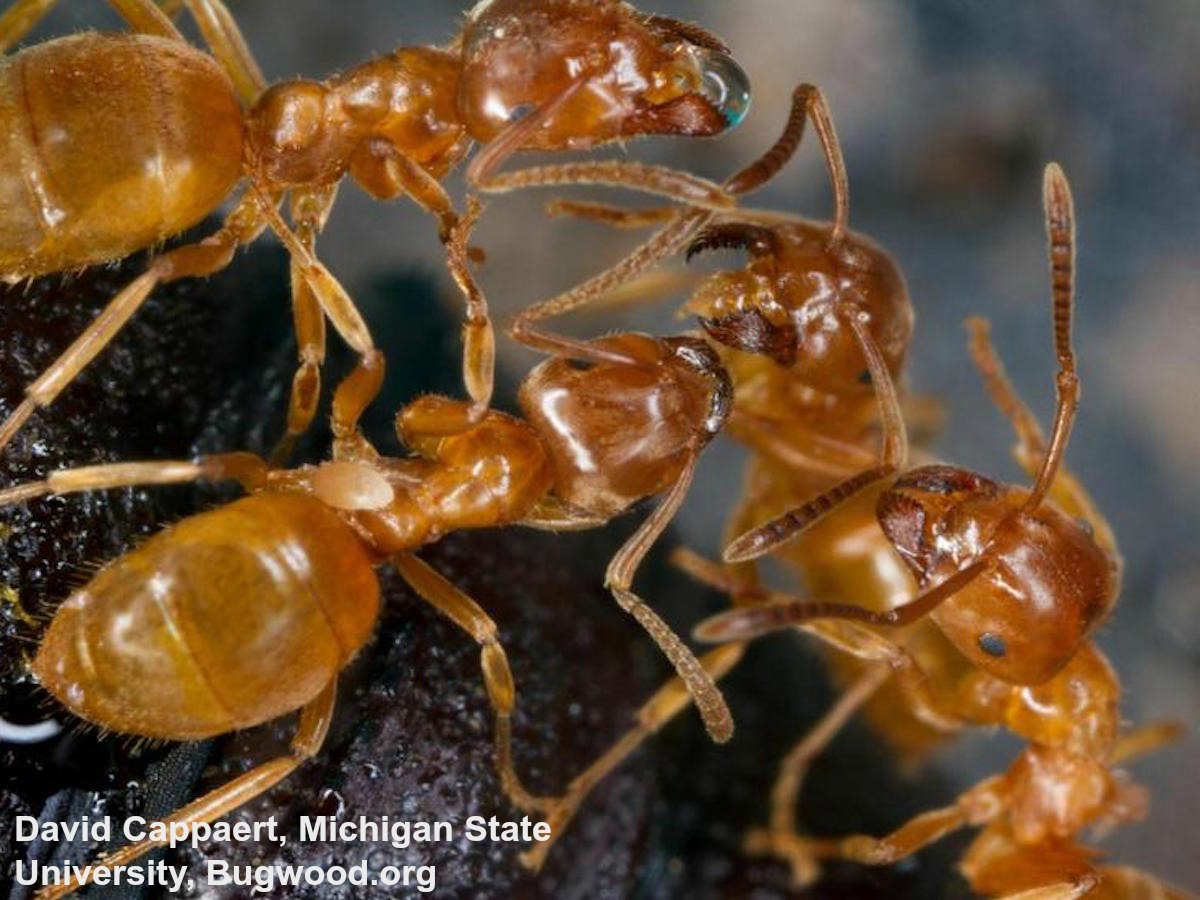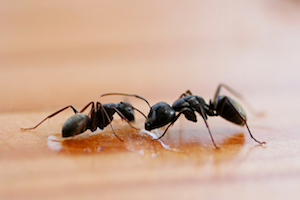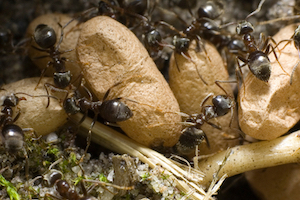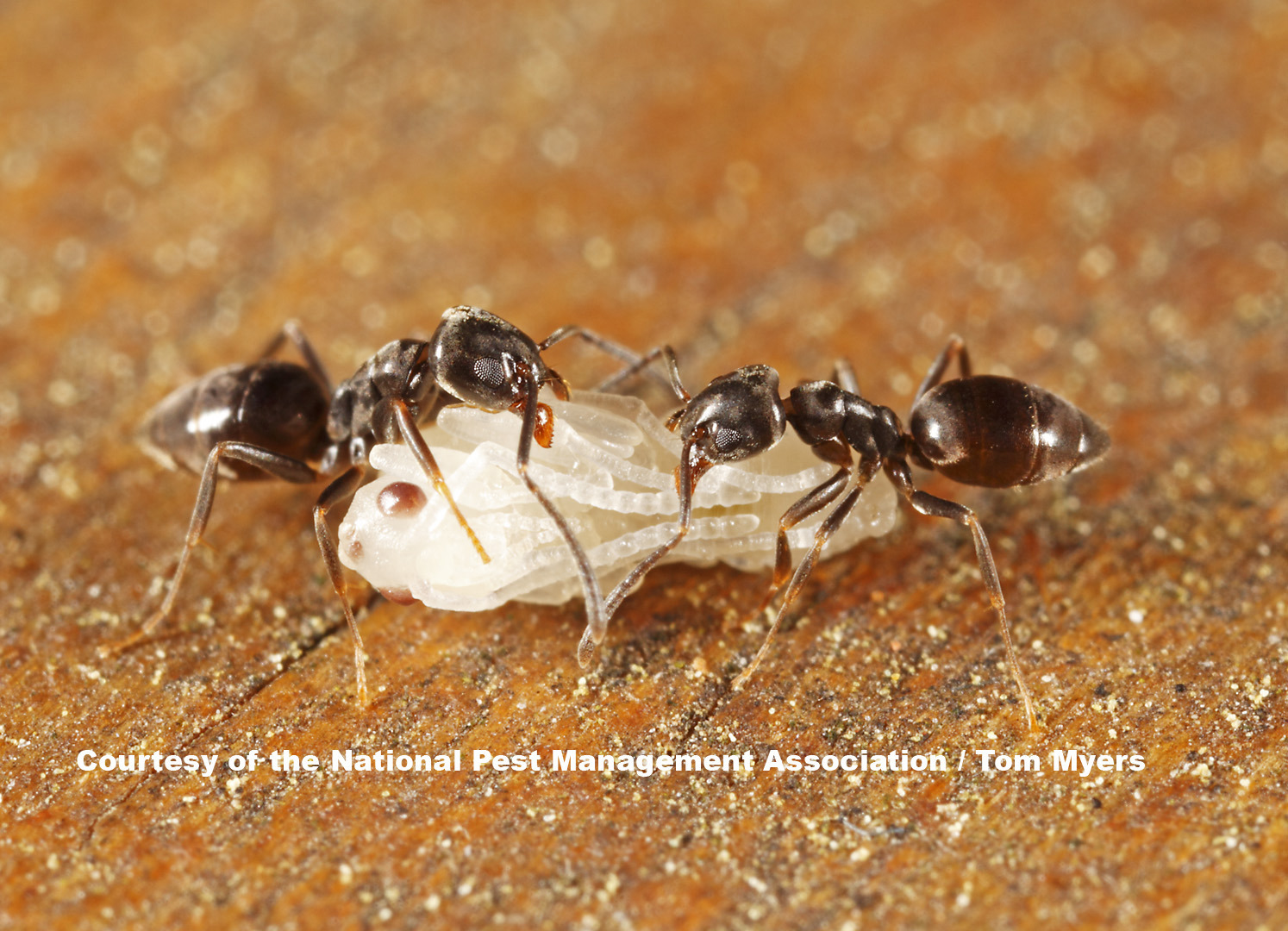Yellow Ants Lasius spp.

Color: Yellowish to yellow-brown
Size: Workers are 1/8-3/16” (4-4.5 mm) long
Legs: 6
Antennae: Yes
Shape: Segmented; profile unevenly rounded
Region: Found throughout the United States
What is a yellow ant?
The yellow ant gets its common name from the yellow coloring of its body. Yellow ants are also referred to as citronella ants because of the citrus or lemon-like odor they give off when crushed. The most important structural pest species in this group is the larger yellow ant, Lasius interjectus, which is found from southern New England westward to Washington and southward to Florida and Mexico.
If yellow ants are found inside, there is likely a moisture problem accompanied by decaying wood. Homeowners can get rid of yellow ants in the home with a vacuum cleaner.
Nest location is crucial to control yellow ants outdoors. Be sure to inspect along the foundation wall and look under stones, landscape timber and firewood. Homeowners should consider working with a licensed pest professional to prevent an infestation.
Yellow ants are primarily nocturnal, so not much is known about their behavior. Swarms occur during June and July in the late afternoon of warm, humid, windless days.
Yellow ants feed almost exclusively on honeydew from underground insects. There is no record of them feeding on household foods.
Yellow ant nests are often established near areas of high moisture. In homes, these ants can be found in damp wood, which is often located behind tub tile walls in a bathroom or in damp crawl spaces. Outside, nests are usually situated in soil adjacent to structures, along foundation walls or under rotten logs. Dirt mounds from the excavation of their tunnels can reach up to three feet in diameter.
The yellow ant does not have a stinger, but it can become a nuisance pest if a colony establishes itself within the home.
If you suspect a yellow ant infestation in your home, the best course of action is to contact a licensed pest control professional. They will conduct a thorough inspection to identify the full extent of the problem. Once the situation is properly identified, the appropriate control measures can be taken.
You can find a certified pest professional near you with the helpful zip code search below.




